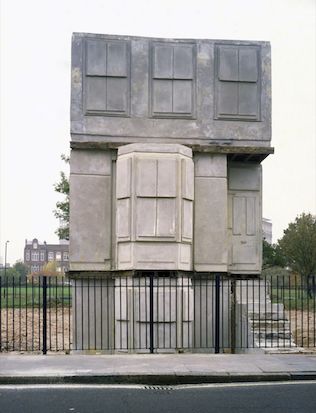It was the late 1980s and I had just started working as an art critic when I heard about a new group of artists who were doing things differently. They were fresh out of art school but they weren’t waiting around for commercial galleries to show their work. They were taking things into their own hands, doing deals, getting hold of cheap warehouse spaces and putting on their own exhibitions. They gave them names like New Wave albums: Freeze, Modern Medicine, Gambler. They were making British art, but not as we knew it. Their work was bewilderingly various. There were photographs of bullet wounds by Angus Fairhurst, as well as sculptures made out of things like rubber gloves, or polythene bags filled with water and tied with string, by I can’t remember who. There were the cooler than cool paintings of Gary Hume, who used household gloss on panel to make pictures that looked like the doors of a hospital ward, banged forever shut. And then there was A Thousand Years, the work with which a young man called Damien Hirst first made his mark: a huge double vitrine with a severed cow’s head in one half and a seething cloud of flies in the other, the two divided by an insectocutor, the whole amounting to the replication of a life cycle in miniature, designed to last six weeks, by which time the cow’s head had been devoured by the flies, who had in turn blitzed themselves to oblivion on the elements of the electric grill. It was a spectacular work and an open invitation to headline-writers. Holy Cow. Damien’s Flies Undone. Etcetera.
Here was a generation hell-bent on putting an end to the polite insularity of British art, a generation which, like none other in living memory, appeared...


